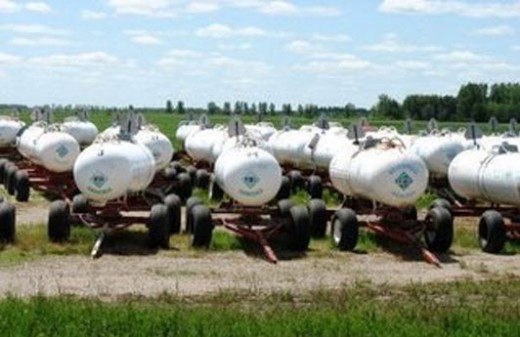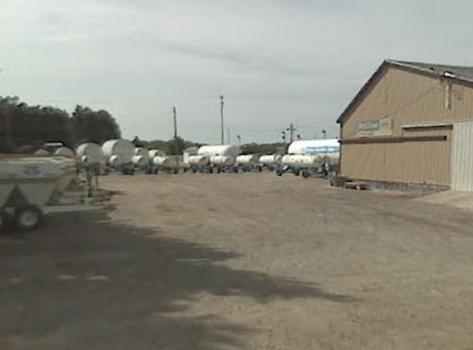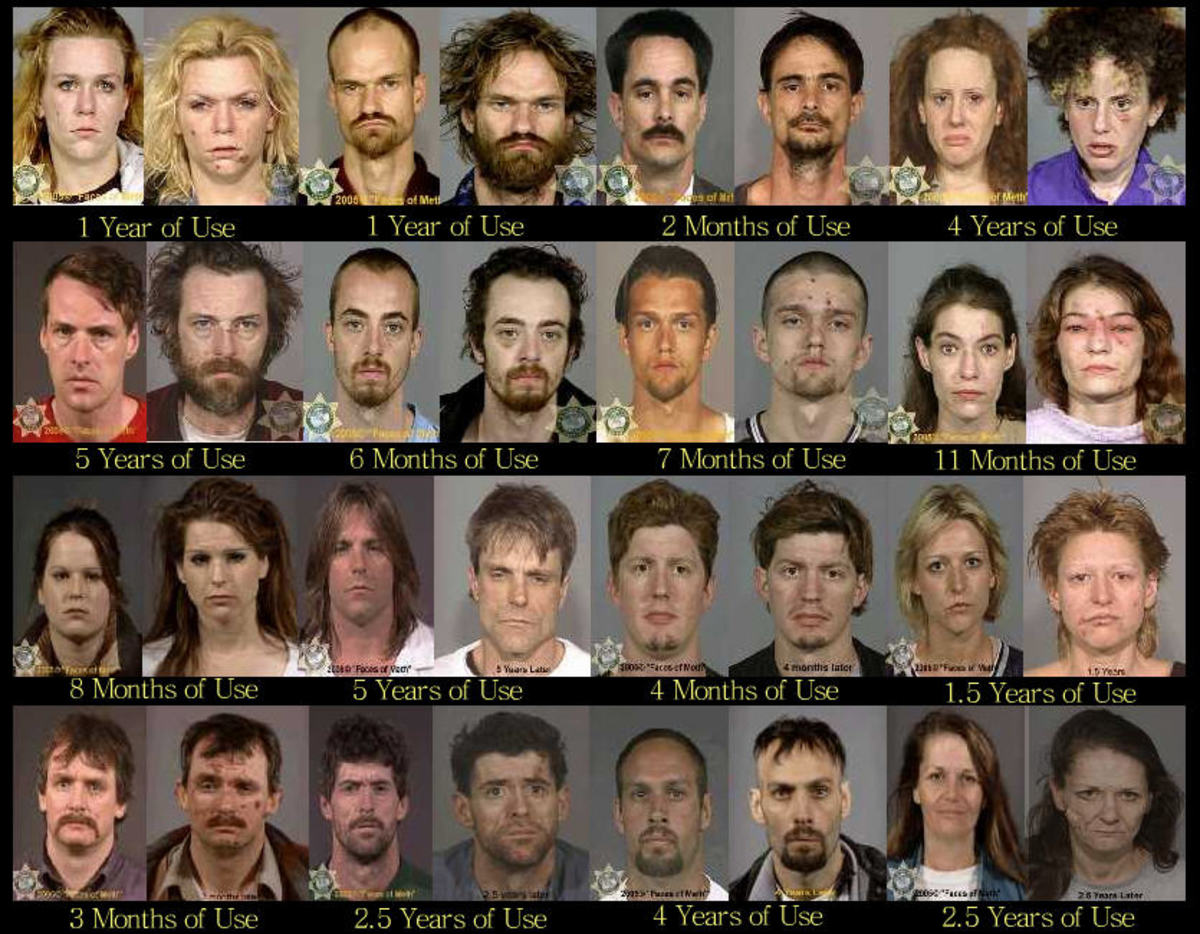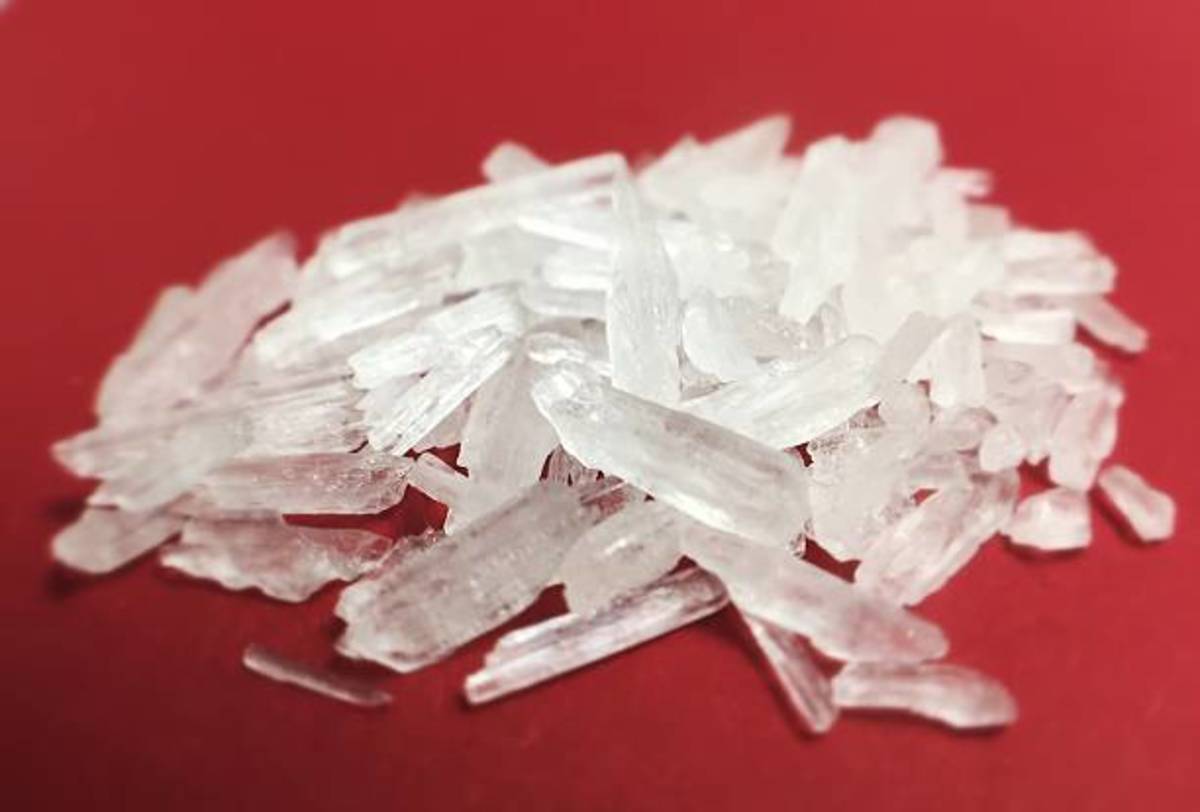Crystal Meth
Meth, America's Everywhere Drug
Meth, or crystal meth, or methamphetimine, as it is known by those who report the news as opposed to those who use the stuff, just might be America's biggest drug problem. Really, it's hard to tell with all the varied stories sweeping the air ways these days, but there is no argument it's a significant one. It's been approximately fourteen years since I first became aware of the substance, and it has only increased in popularity since then. It's appearance at that time was so sudden and abrupt, it seemed like it came out of nowhere. In truth, it has been around for a long time first produced in Japan in 1893. It was used for different things including increasing alertness during World War II, and it wasn't until afterwards the full realization of the negatives led to at least a partial control. With all that it was one hundred, four years after the discovery in Japan that I first saw it in Wichita.
Speed, the Drug
Back in the fifties, a form of meth was circulated around in various places in the form of a small white pill. It had a cross shaped scoring on the upper side, and they became known as "white crosses," or sometimes "bennies" or just plain speed. In truth these were probably Dexedrine which was sold by prescription to treat obesity and narcolepsy. It was given sometimes to troops in special units in Viet Nam as a "go pill." Even then, the potential for abuse was known, but somehow it still wound up being available on the streets. In the mid to late seventies, everyone I worked with knew someone who knew someone else that could get the stuff if they wanted it, and a lot of people did. They were generally considered harmless and were in demand from those who worked long hours or rotating shifts. One guy I worked with even though it humorous to spike somebody's drink with one when they weren't looking. The victim never knew until afterwards, but experienced an unusual sensation of energy, alertness, and ambition, all of which the guy who doctored it watched with amusement.
Anhydrous Ammonia
About the time this milder form of methamphetamine was crossing the live from semi-legitimate uses to totally illegitimate ones, an unrelated change was being made in the nation's agricultural setting. Farmers during those years had been using a granular form of fertilizer for their crops usually applied at the time of planting. But many of them either stopped or reduced the use of this in favor of anhydrous ammonia, a pressurized liquid that contains a high amount of nitrogen. It is applied with equipment that injects the liquid into the soil from a pressurized tank mounted on wheels and towed behind the machinery. An additional trip across the field is required, so it's usually combined with a tillage operation prior to planting. It remains in the soil until it required by the crop and offers a little more flexibility for the farmer. But Its use required additional infrastructure in the form of large numbers of storage tanks be built and transport trailers be kept on hand at dealers throughout the farm belt. Nobody was able to foresee the way this new trend would help shape things in the future.

In the area where I grew up, drug use in general increased dramatically in the post Viet Nam years. Marijuana had always been around in places, but it became much more prevalent. Cocaine was for the more affluent, and while the capability of freebasing it into crack was known, most was simply snorted. LSD was popular on the west coast although it and a host of other drugs were showing up on college campuses nationwide. Many of these such as PCP were dangerous contributing to suicides and carrying long term effects afterward. But eventually, maybe because of price and availability, heroin and crack cocaine became the most widely used substances.
LSD and PCP were both manufactured drugs, discovered in research, and thought at first to be of possible value in medicine. That proved untrue, but showed it was possible to make or convert other chemicals to an intoxicant solely for the purpose of the desired high. Other drugs, had usually been discovered as a side effect of a more targeted purpose. For example the hemp plant which yields marijuana was originally grown for the production of rope. And opiates from which heroin is derived also yield morphine and other pain relievers even though it was known as a reality distorting drug before that. But someone eventually figured out that ephedra could be processed in a similar manner to produce methamphetamine with no medical use but capable of producing an intense euphoria, and possessing strong addictive qualities. Furthermore, the process was simple enough to set up in a spare room or garage.
Meth Comes to Wichita
During the late eighties and early nineties, crack cocaine was seen as the biggest drug threat in the central United States. It fueled the rise of gangs and gang activity where no gangs had existed before, and they formed almost overnight with the aid of Crips and Bloods who came from California. Violent crime including murders was on the rise during those years, and a number of those deaths were of uninvolved bystanders who were caught unaware when a sudden gunfight broke out. Concentrated efforts by police cut killings down some, but the underlying problem remained.
Then in 1997, the company I worked for hired a women for a sales position. To her credit, she interviewed quite well, and came across as intelligent and articulate. Afterward, it appeared she probably used her entire potential during the interview process and had nothing to apply to the actual job. After a year of training, she still asked the same questions as she had the first week, and couldn't be trusted to successfully complete the most simple of tasks. Eventually she was dismissed, but not because of her performance. Looking back, her performance may have been a side effect of her life at that time.
Her name was Tracy and it became apparent after a few weeks that she came with a load of baggage in addition to whatever else the hiring managers had seen during the interview. One very large "bag" was her boyfriend at the time, a fellow named Mark. Tracy was born and raised in Wichita and even owned a home. Mark came from points unknown and showed up supposedly as a craftsman that built neon signs. He even rented or bought a building to operate his business from, but it all appeared to be a sham as things went on.
Tracy almost immediately developed issues affecting her job. Within a fairly short time, she started talking about Mark's involvement in meth. At that time nobody who worked with her knew anything about it, what it was, nor especially where it would take the country. She talked about how he was making the stuff to sell, and tried to balance her home and work life but was unable to make it work. The company waited far too long to deal with a problem that only continued to get worse, and when she was finally let go, it was due to her association with criminal activity. After that point, I never saw her again, although a co-worker said she started working as a waitress somewhere. But by that time, Mark was only one of numerous people who had started cooking for their own use and to supply a few others. He was even at that point showing signs of "meth mouth."
The Job

Epidemic
A surprisingly short time later, small time dealers were setting up all over the state. They rotated places inside cities and towns to avoid detection, and even rural landowners got in on the act. Separated by distance, the odors associated with its production often went overlooked for those who lived outside town. The process evidently was simple enough, as people only needed some sort of cold or allergy medicine containing pseudoephedrine and some commonly available chemicals to produce it. Coleman brand camping fuel and lithium batteries were two of these and were easy enough to obtain, but also needed was anhydrous ammonia. As I mentioned earlier it was used almost exclusively by farmers and bought in bulk using special delivery tanks. Because of this it was beyond the means of small time dealers to buy it at all, and furthermore required special handling due to associated hazards. Consequently, it became a target of theft, and resulted in damaged storage and transfer equipment and likely a number of injuries in the process. Determined drug cookers would use whatever means were available to break into a tank to get as little as five gallons of the liquid. Injuries happened to them as well as farm workers who later were hurt by leaks from damaged valves or tanks. Declining populations in rural areas meant lower law enforcement budgets and fewer officers making it even more attractive to drug dealers. It didn't take long for large numbers of dealers to set up in the nation's heartland.
Local Farm Supply


As the full burden meth use and addiction places on society became known, government entities moved to combat it. Experience had already proved that anhydrous ammonia could not be secured sufficiently to prevent its theft, and other cooking methods have since been developed that don't require it. The other things such as camping fuel and batteries couldn't be reasonably controlled to prevent their use for meth production, so many states moved to limit or restrict the sale of pseudoephedrine type medications. As of the time of this writing, those medications are available freely only in Idaho, Wyoming, North Dakota, Alaska, South Carolina, Maine and New Mexico. In all others they are now stored behind the counter at pharmacies and require ID and purchase tracking if one wished to buy them. In addition two states, Oregon and Mississippi require a prescription from a doctor to get this kind of medication.
What's the Next Step?
It appears more and more states are considering the possibility of moving toward the prescription requirement. Occasionally a news item comes across on TV or the Internet where legislators somewhere are investigating the merits of doing so. As a personal opinion, I feel this as a "throw the baby out with the bath water" approach, since it actually punishes those who seek to use the decongestant product safely and legally. But even more than an opinion, I have watched this unfold here locally.
Oregon was one of the first states to move meth making drugs behind the counter. To the states credit, they had a problem with labs being set up statewide and it seemed like sufficient justification to to control access. Predictably, the determined cookers moved to circumvent this law by utilizing others to buy it for them, and probably found willing accomplices since values toward drug use here are much more liberal than some other parts of the country. A few months later, a law was passed requiring a valid prescription in order to get it.
Manufacturers of cold and allergy products responded by changing their formulation. Pseudoephedrine was replaced by phenylepherine, a less effective decongestant. Combination products containing both an antihistamine and decongestant followed suit and the famous "coughing, sneezing, stuffy nose, achy head, fever, so you can rest medicine" no longer relieves the stuffy nose. Others such as Zirtec D and Claritan D have soared in price becoming much more expensive even as insurers refuse to cover it since it is still an over-the-counter medication in most states. For people in this part of the country, it is an inconvenience, but for people in prime allergy areas such as Kansas and Oklahoma the need to see a doctor for every cold or allergic flare-up could bring a huge burden onto an already struggling medical care system. Ragweed and mold can cause serious health concerns but can be easily treated in the beginning without involving a doctor if the right products are available without needing a prescription.
But even to those states that have noted a decrease in meth manufacture due to tighter restrictions, total meth usage hasn't gone down by the same amount and probably not at all. If the truth is told, it has likely increased instead. Even before back porch chemists learned how to refine Sudafed and similar products into one of the most addicting illicit drugs around, their counterparts in Mexico had a handle on it. In fact at its production peak here in the US, the majority of meth was being imported from south of the border and as the reduction in home cooking operations came about, a corresponding increase in Mexican made meth was seen. Today, there are probably as many or more addicts as there has ever been. But in the interest of curbing a small part of the problem in our country, many more people now suffer in a different way. One has to ask if this was what the government was really trying to accomplish.








